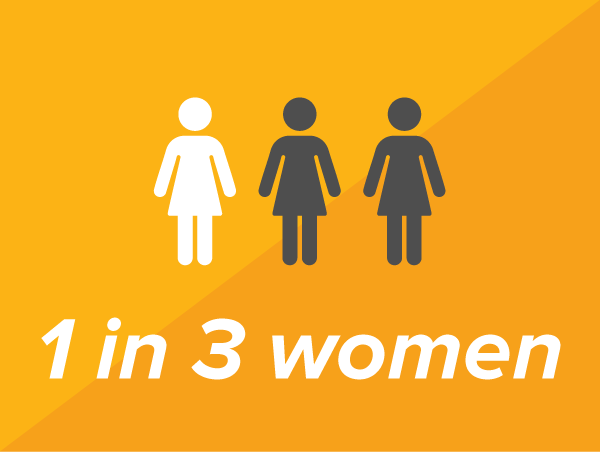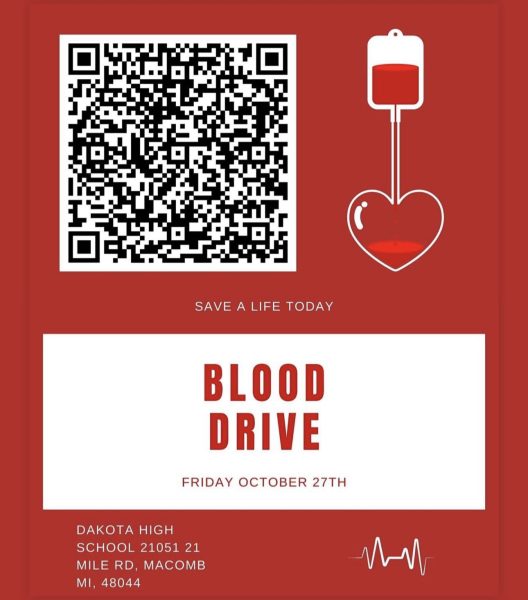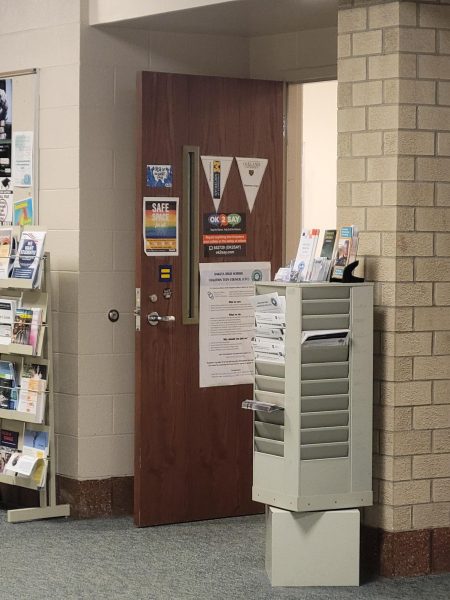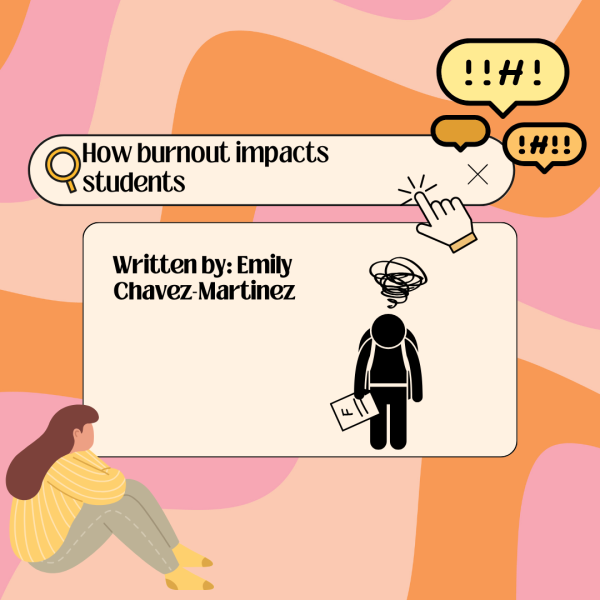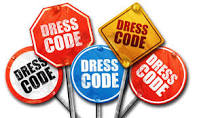Recent Statistics of Sexual Assault Regarding Teenage Girls
With more studies being published by the CDC and other health organizations, it is imperative that we discuss the reality of sexual violence, especially with the recent rise of it with teenage girls.
Disclaimer: This is most certainly not written to discredit any men’s experiences with sexual harassment, assault, and so on. This is merely to cover the recent statistics that have been released from the Center of Disease Control and Prevention and other organizations.
With the fourth wave of feminism in motion, there was a movement named “#MeToo”, in which encouraged women across the globe to gain the courage to share their experiences with sexual assault and violence.
Proceeding with this newfound information, the Center of Disease Control and Prevention and other organizations released new studies regarding sexual violence as well as mental health issues in teen girls, and the results are quite horrific.
It is already a well-known fact that women have been victims of sexual harassment and assault for quite some time, but recently, these have been on the rise.
According to the Center of Disease Control and Prevention, one in five girls from the ages 12-18 have experienced sexual violence, which means that in every five girls you know, at least one of them has experienced some form of sexual violence.
Included within this study, the Center of Disease Control and Prevention also discovered that nearly 20% of all girls who reported had experienced a form of sexual violence, and 15% have been forced to have sex.
And, once again, the Center of Disease Control and Prevention has found that nearly 60% of all female students have reported having poor mental health, and 10% have attempted suicide.
In a national survey, the CDC had found that over half of the women in America have experienced sexual violence, one in four women have experienced rape with four in five reporting they were below the age of 25, and one in three women have been sexually harassed in a public place.
Adding onto this, on college campuses, a grand total of 26.4% of female undergraduate students have been sexually assaulted or harassed, with an increased risk of this occurring in the first few months they are on campus. In female graduate students, around 9.7% experience this (RAINN).
With these statistics, it raises a troubling fact: the women across America are in constant danger of a form of sexual violence. Why is this happening? Most importantly, how can we help them?
People theorize that the perpetrators have strongly based gender-based stereotypes, and when it does occur, not many of them are held accountable. Instead, society tends to victim-blame, in which excuses the perpetrator’s behavior (Rutgers Office for Violence Prevention and Victim Assistance).
Thus, many believe that if we begin to steer society away from the victim-blaming tendencies, then we can slowly begin to move away from this behavior. In addition to this, if we begin to hold the perpetrators accountable, the behavior will also lessen.
Nonetheless, survivors of sexual violence can call the Sexual Assault Hotline (1-800-656-4673), and family and friends can support their loved one by helping reinstate their sense of safety and peace, asking permission to make physical contact them, explicitly asking how you can help them, watching for red flags of suicidal behavior, giving them space if needed, and recognizing that they will need time and peace to heal (Very Well Mind).
Your donation will support the student journalists of Dakota High School. Your contribution will allow us to purchase equipment and cover our annual website hosting costs.

Jade Lilly is a senior at Dakota High School. This is her first year writing for the Dakota Planet, but she has plenty of experience towards writing professional...

